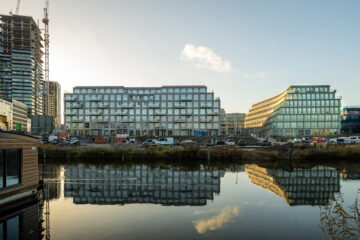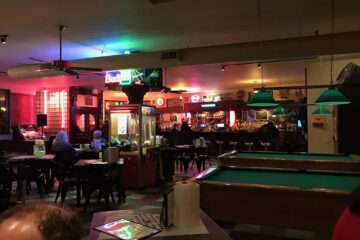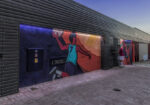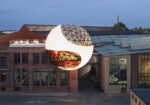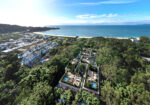San Francisco’s Battle Against Public Urination

A City with a Unique Aromatic Profile
San Francisco, renowned for its diverse and captivating scents, has an unfortunate claim to fame: the pervasive odor of urine that often lingers in its streets. Despite being associated with delightful fragrances, such as eucalyptus and culinary delights, the city’s distinct toilet stench has become an enduring feature of its urban landscape, much to the chagrin of residents and visitors alike.
Addressing the Issue of Public Urination
In a bid to curb the rampant problem of public urination, Mohammed Nuru, director of San Francisco Public Works, has spearheaded innovative initiatives aimed at deterring offenders. Inspired by a successful campaign in Hamburg, Germany, where walls coated with “superhydrophobic” paint repelled urinators, San Francisco has adopted a similar approach. The use of Ultra-Ever Dry paint on select city walls aims to discourage public urination by causing urine to bounce off and spray back onto the perpetrator.
Implementing Anti-Urine Paint Technology
Nine walls across the Mission, Tenderloin, and SOMA neighborhoods have been treated with Ultra-Ever Dry paint, strategically chosen based on their high incidence of public urination. Placards in multiple languages adorn these walls, urging individuals to respect public spaces and seek appropriate restroom facilities. The initiative seeks to complement existing efforts to maintain sanitation and enhance the city’s aesthetic appeal.
Evaluating Effectiveness and Ethical Considerations
While the anti-urination paint shows promise in reducing incidents of public urination, concerns have been raised regarding its impact on vulnerable populations, particularly the homeless. Concentrating these measures in areas with large homeless populations raises ethical questions about dignity and access to basic amenities. As San Francisco navigates this complex issue, it must balance the need for public hygiene with compassion and support for marginalized communities.
Looking Towards a Holistic Solution
As the pilot program progresses, it is essential to assess its efficacy and address any unintended consequences. While combating public urination is a legitimate concern, efforts should also be directed towards expanding access to clean and dignified restroom facilities, especially for the homeless. Investing in community-based initiatives and supportive services can foster long-term solutions that promote inclusivity and respect for all residents.
Conclusion: Striking a Balance
San Francisco’s endeavor to combat public urination reflects a multifaceted approach to urban hygiene and civic well-being. While technological interventions like anti-urine paint offer short-term solutions, the city must remain committed to addressing the root causes of this issue and ensuring equitable access to essential services. By fostering collaboration between government agencies, community organizations, and residents, San Francisco can create a more livable and inclusive environment for all.


